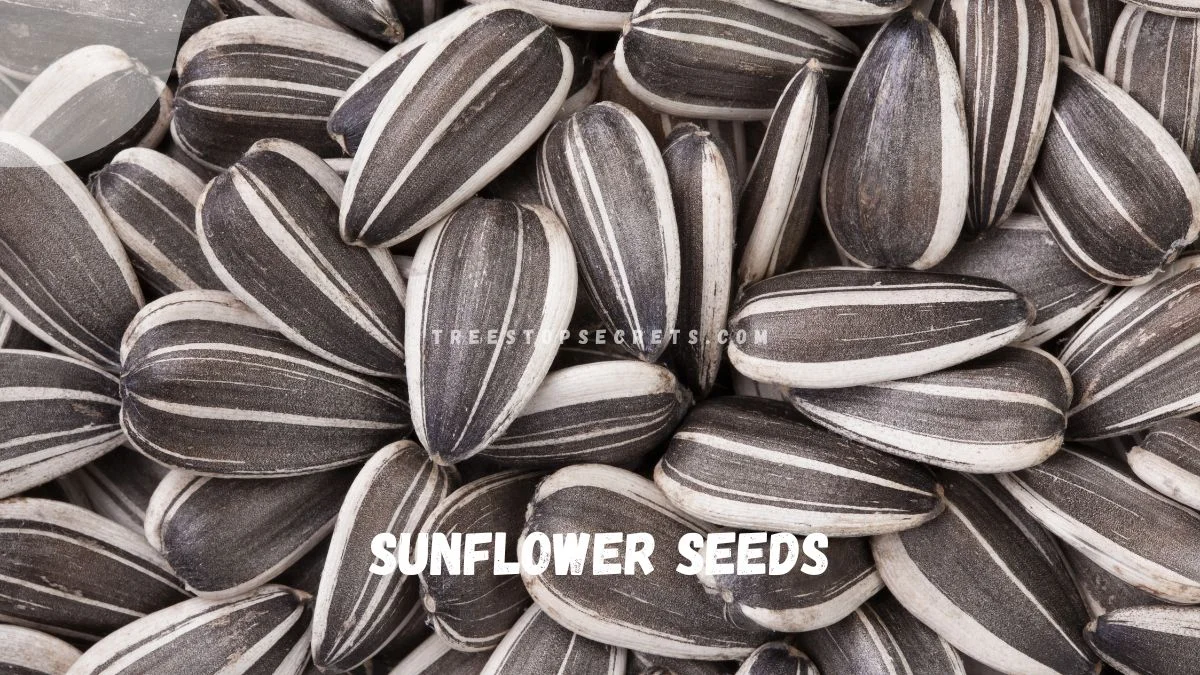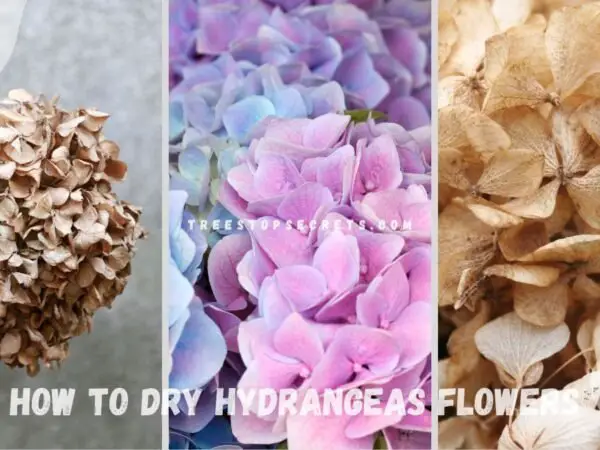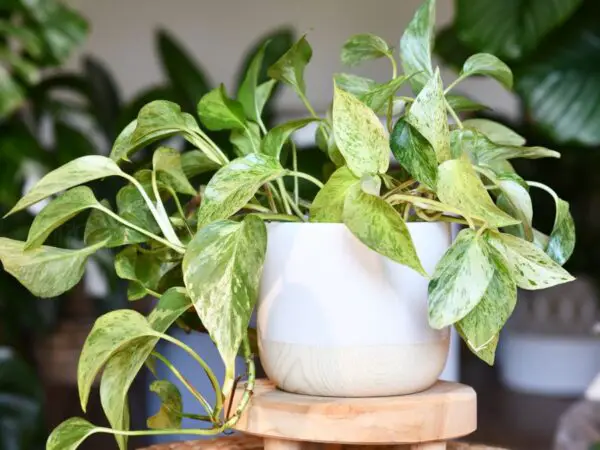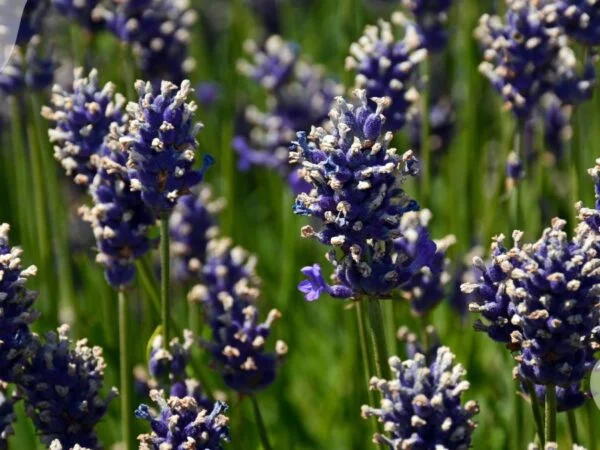Did you know that a single sunflower can produce up to 1,000 seeds? Harvesting sunflower seeds is not only rewarding but also surprisingly simple. By following a few easy steps, you can enjoy the benefits of these nutritious seeds straight from your garden. From selecting the right time for harvesting to drying and storing the seeds properly, mastering this process ensures a bountiful yield that you can savor year-round.
Whether you're a gardening enthusiast or simply looking to try your hand at something new, learning how to harvest sunflower seeds from sunflowers opens up a world of possibilities. Join us as we delve into the art of collecting and preparing these versatile seeds for your enjoyment.
Key Takeaways
- Harvesting sunflower seeds: Understand the process of harvesting sunflower seeds by waiting for the flower heads to dry and turning brown before cutting them.
- Seed preparation: When harvesting seeds for planting, ensure they are fully dried and store them in a cool, dry place to maintain their viability.
- Roasting tips: To prepare sunflower seeds for roasting, soak them in a saltwater solution, spread them on a baking sheet, and bake until golden brown.
- Feeding birds: Utilize harvested sunflower seeds as bird feed by placing them in feeders or scattering them in your garden to attract birds.
- Suet cake creation: Incorporate sunflower seeds into suet cake recipes for birds by mixing them with melted suet and other bird-friendly ingredients.
- Practical advice: Experiment with various sunflower seed recipes like salads, granola bars, or pesto to explore different culinary uses.
Understanding Sunflower Harvesting
Best Time to Harvest
When harvesting sunflowers, look for signs like yellowing and drying on the back of the sunflower head. Harvest them once the back turns brown, typically in late summer or early fall.
Techniques for Seed Removal
To remove sunflower seeds, rub the seed head over a bucket to collect them efficiently. Use your hands to separate the seeds from the head, removing petals and debris later.
Preparing Seeds for Various Uses
After collecting seeds, rinse them in a colander to eliminate impurities. Then, dry the seeds by spreading them in a single layer on newspaper-lined boxes. Finally, store the dried seeds in a labeled airtight container.
Harvesting Seeds for Planting
Identifying Ready Seeds
When harvesting sunflower seeds, ensure you select plump, fully developed seeds. Avoid small or shriveled seeds as they may not be viable for planting. Ready seeds are firm and easily detach from the head.
Removing Seeds Properly
To properly remove sunflower seeds, gently twist them off the head to prevent damage. Alternatively, use a comb to separate the seeds efficiently. It is crucial to ensure that all seeds are intact without any damage.
Drying Process
After removing the seeds, lay them in a single layer to initiate the drying process. Allow the seeds to air dry for several hours until they are completely dry. Ensure that the seeds are fully dry before proceeding with storage.
Preparing Seeds for Roasting
Cleaning and Soaking
To ensure clean sunflower seeds for roasting, start by soaking them in water and salt overnight. This process helps to remove any debris or impurities from the seeds. After soaking, remember to thoroughly rinse the seeds to wash away any remaining dirt.
Drying Methods
Once the seeds are clean and soaked, it's time to dry them properly. You can lay the seeds out on paper towels or newspaper to air dry. Alternatively, place them in a well-ventilated area to let them dry naturally. For a quicker drying process, consider using a dehydrator.
Roasting Techniques
When the seeds are completely dry, it's time to roast them to perfection. Preheat your oven to 325 degrees F before roasting the seeds. Prior to roasting, make sure to toss the seeds with oil and your preferred seasonings for added flavor. Roast the seeds in the oven until they turn golden brown and become crispy.
Using Seeds for Bird Feed
Choosing Seeds for Birds
When selecting seeds for bird feeding, prioritize unsalted and unseasoned options. Opt for edible seeds that are high-quality and free from mold or contaminants.
- Choose unsalted and unseasoned seeds
- Prioritize high-quality edible seeds
- Ensure seeds are mold-free and uncontaminated
Storage Tips
To maintain seed freshness, store them in a cool, dry place. Utilize airtight containers for long-term storage to preserve fresh seeds effectively.
- Store seeds in a cool, dry location
- Use airtight containers for preservation
- Label containers with harvest date and seed type
Feeding Methods
When offering seeds to birds, use feeders or scatter them on the ground for easy access. Regularly provide fresh seeds to sustain bird feeding habits.
- Offer seeds in feeders or on the ground
- Provide fresh seeds consistently
- Monitor consumption to adjust feeding amounts
Making Suet Cakes with Sunflower Seeds
Ingredients Needed
To make suet cakes with sunflower seeds, gather beef fat or lard as the base ingredient. Include millet, cherries, raisins, and honey for a flavorful suet cake recipe. Don't forget to use sunflower seeds as a key ingredient for added texture and nutrition.
Soaking and Drying Seeds
Soak the sunflower seeds in water and salt solution or boil them for optimal results. After soaking, ensure to dry the seeds thoroughly to prevent mold growth. To remove excess water, strain the seeds before proceeding with drying.
Baking Suet Cakes
Start by mixing the melted fat with the gathered ingredients for the suet cakes. Once the mixture is ready, fill containers evenly with the suet cake mixture to ensure consistent quality. Refrigerate the cakes until they harden before storing them for future use.
Sunflower Seed Recipes
Suet Cake Recipe
Creating suet cakes with sunflower seeds is a simple process. Combine melted beef fat or lard with a mix of birdseed, oats, and the sunflower seeds. This mixture provides essential nutrients for wild birds.
Refrigerate the suet cakes until they are firm. This step ensures that the cakes solidify and hold their shape well. Once set, remove them from the molds for easy storage.
To preserve the suet cakes for future use, store them in the freezer. Freezing helps maintain freshness and prevents the cakes from spoiling quickly. Remember to thaw them before placing them in your bird feeder.
Roasted Seeds Recipe
Roasting sunflower seeds enhances their flavor and creates a crunchy texture. Follow specific roasting instructions to achieve optimal results. Spread the seeds evenly on a baking sheet and roast them at a moderate temperature.
Customize the flavor of your roasted seeds by adding seasonings like salt, pepper, or even spices such as paprika or garlic powder. Experiment with different combinations to find your favorite flavor profile.
Enjoy your homemade roasted sunflower seeds as a nutritious and delicious snack option. They are packed with essential nutrients like vitamin E, magnesium, and healthy fats. Snack on them during the day for a quick energy boost.
Additional Tips and Tricks
Storing Sunflower Seeds
When harvesting sunflower seeds, ensure to store them in airtight containers to maintain freshness. Avoid moisture and direct sunlight exposure to prevent spoilage. Rotate the seeds periodically within the container to ensure even preservation.
Sunflower Seeds and Oil Info
Delve into the nutritional benefits of sunflower seeds, rich in vitamin E and healthy fats. Discover the process of extracting oil from sunflower seeds, a versatile ingredient in cooking and baking. Explore recipes that highlight the unique flavor profile of sunflower seed oil.
Using Sunflowers as Cut Flowers
After harvesting sunflowers with long stems and collecting the seeds, display them as cut flowers in a vase filled with fresh water. Regularly change the water to prolong the life of these vibrant blooms. Add a touch of sunshine to your home with freshly cut sunflowers.
Final Remarks
You've now mastered the art of harvesting sunflower seeds! From preparing them for planting to creating delicious recipes, you're equipped with all the knowledge needed to make the most of your sunflower harvest. Whether you're a gardening enthusiast or a bird lover, these tips will help you enjoy the fruits of your labor. So, go ahead and put your newfound skills to use!
Remember, the joy of harvesting sunflower seeds lies in the process itself. So, grab your gardening tools, head out to your garden, and start reaping the benefits of your hard work. Happy harvesting!
Frequently Asked Questions
How do I know when sunflower seeds are ready for harvesting?
Sunflower seeds are ready for harvesting when the back of the flower head turns brown, and the seeds appear plump. The petals will also have dried and fallen off, indicating the seeds are mature and ready to be harvested.
How can I effectively harvest sunflower seeds for planting?
To harvest sunflower seeds for planting, cut the flower heads once they have matured. Hang them upside down in a well-ventilated area until completely dry. Rub the flower head to release the seeds and store them in a cool, dry place until planting season.
What is the best way to prepare sunflower seeds for roasting?
To prepare sunflower seeds for roasting, soak them in a mixture of water and salt overnight. Drain and spread them on a baking sheet, then roast in the oven at 300°F until golden brown. Allow them to cool before enjoying as a nutritious snack.
How can I use sunflower seeds to attract birds to my garden?
You can use sunflower seeds to attract birds by placing them in bird feeders or scattering them on the ground. Sunflower seeds are a favorite among many bird species like finches, chickadees, and sparrows, providing them with essential nutrients and energy.
What is a simple recipe for making suet cakes with sunflower seeds?
A simple recipe for making suet cakes with sunflower seeds involves melting suet or lard, mixing in birdseed, chopped nuts, and sunflower seeds, then pouring the mixture into molds to set. Once solidified, hang the suet cakes in your garden for birds to enjoy during colder months.
Image Source: Paid image from CANVA





